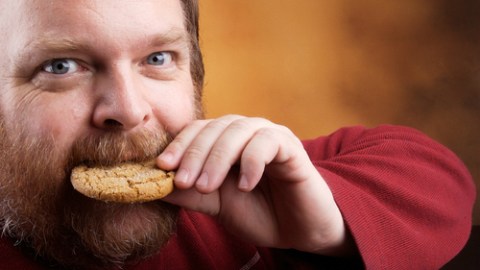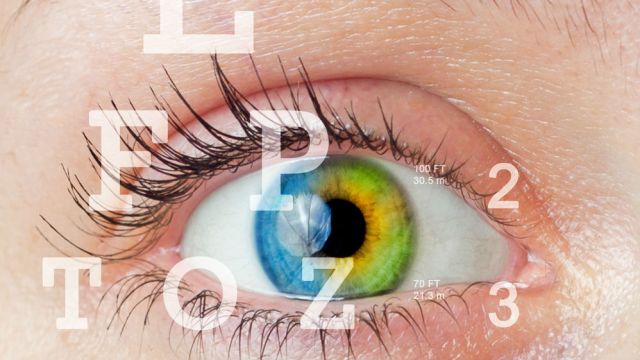How I Scientifically Quit My Cookie Habit

In his new book, The Power of Habit, New York Times investigative reporter Charles Duhigg has drawn together the most cutting edge research on why habits exist and how they can be changed. In his interview with Big Think we asked him how he is able to apply the science to his own life.
As Duhigg demonstrates, there is a clear evolutionary logic behind our habits, as they save us time and mental energy. That’s a good thing. And yet, this also makes us more vulnerable to bad habits as well.
Like eating cookies.
Duhigg described his bad cookie habit to Big Think:
Every afternoon, I would go and eat a chocolate chip cookie in the cafeteria and sort of chat with some of my colleagues up there.
Duhigg knew it was a bad habit, and wanted to make a concerted effort to lose weight. He sought ought the advice of psychologists.
What they said was I had to diagnose the cue and the reward…So I started with a cue. And all cues fall into usually one of five buckets. It’s either a time, a place, a certain emotional state, the presence of other people or the preceding actions that have become habituated.
So every day when Duhigg experienced his cookie urge in the afternoon, he decided to write down those five things.
What I figured out is that the urge always hit between 3:15 and 3:45. Like, every day. And so my cue was basically a time of day.
But that was the easy part. Next Duhigg needed to figure out the reward.
I thought that the reward was that I liked cookies. Cookies were this blast of sugar. So I started doing these experiments. I would go to the cafeteria and instead of getting a cookie, I’d get a candy bar. And then the next day I got an apple, and the next day I got a cup of coffee, and then the next day, instead of going up to the cafeteria, I’d go for a walk around the block. I would just change one variable to try and figure out, what satisfied this craving, this urge.
So what Duhigg figured out was his reward actually wasn’t the cookie at all. He realized that he was socializing with his colleagues when he visited the cafeteria. If he changed this habit and visited someone else’s desk instead of going to the cafeteria he found he would simply spend five minutes gossiping, and the cookie urge would go away.
The reward that I was craving was this socialization. And so once I’d figured this out, once I had the cue and the reward, I was able to come up with this new behavior.
So now every day at around 3:30pm an automatic response occurs where Charles Duhigg gets up from his desk and walks around The New York Times news room looking for someone to gossip with. His appetite is sated after 10 minutes of gossip and the cookie urge has completely disappeared and Duhigg has lost 12 pounds.
“If you diagnose the habit,” he says, “you can really change your behavior.”
Jason Gots contributed to this post. Image courtesy of Shutterstock
Follow Daniel Honan on Twitter @Daniel Honan





